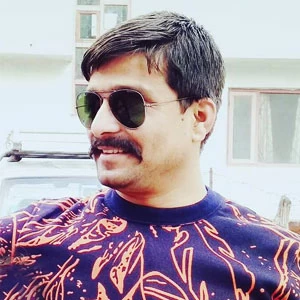Mount Everest Base Camp Trek, a majestic trail taking one to the highest point on earth is a blissful journey into the Himalayas. Everest trek has always been a top destination for trekkers due to its enchanting view, diverse vegetation, and Himalayan culture.
Only a few trekking destinations in the Himalayas are still well-preserved; among them, Mt. Everest is one. Starting from the lowland of Lukla airport, your trek to Base Camp is just a 9-day trek from Kathmandu to Kathmandu.
However, trekkers prefer to acclimatize while hiking to Base Camp, which makes the Everest Trek a 12-day perfect itinerary from Kathmandu to Kathmandu. This is one of the finest and most relaxing ways to explore the highest point on earth, without being troubled by altitude sickness.
What makes the easy way to accomplish the Everest Trek is determined by the fitness level of the trekkers and also the pace of ascending toward high altitude. If you are physically fit for the hike and can easily trek 7 hours per day, then the 9-day Everest Base Camp Trek can be the best choice.
This 9-day Everest Base Camp Trek is mainly preferred by trekkers who lack sufficient days and are restricted by time. However, this might be challenging for beginners and those who have never been to such an altitude. Better recommended to take advice from the registered trekking agency Discover Altitude for customizing the trip before your arrival.
How Difficult Can Mount Everest Trek Be?
Mount Everest is a moderate to strenuous trek into the Himalayas, leading one to the highest altitude of 5364 Meters to the base camp. However, the last overnight stay will be at Gorakshep (5140M).
Trekkers from Gorakshep go for the day tour to the base camp and descend back. Further, some prefer going to the Kalapatthar (5545M) to explore the majestic Himalayas early in the morning or evening for sunrise and sunset views over the Himalayas.
However, the difficulty of the Mount Everest Trek is determined by a couple of factors. Firstly, the number of days used for trekking, if the overnight camp of your stay is well-managed with frequent acclimatizing, you can reach Everest Base Camp in a relaxing way. So, a 15-day Everest Base Camp comfortable trek can be the perfect example.
From Namche Bazaar (3440M), your trek will be towards a higher altitude, this makes the level of oxygen get thinner as compared to the lower altitude. So, it is highly recommended to maintain the pace while hiking, and upon reaching the overnight camp, make sure you hike to some nearby hills to acclimatize your body with the altitude. ‘Climb Higher, Sleep Lower’ is the best tip for the Everest Trek. Drink sufficient water to keep your body hydrated and carry less to make your load less unless you have a porter to carry your bag.
Listen to your body and hike accordingly, if you find difficulty let your guide be informed and descend to somewhat 100 meters below the camp. This will make your trek easy going into Everest.
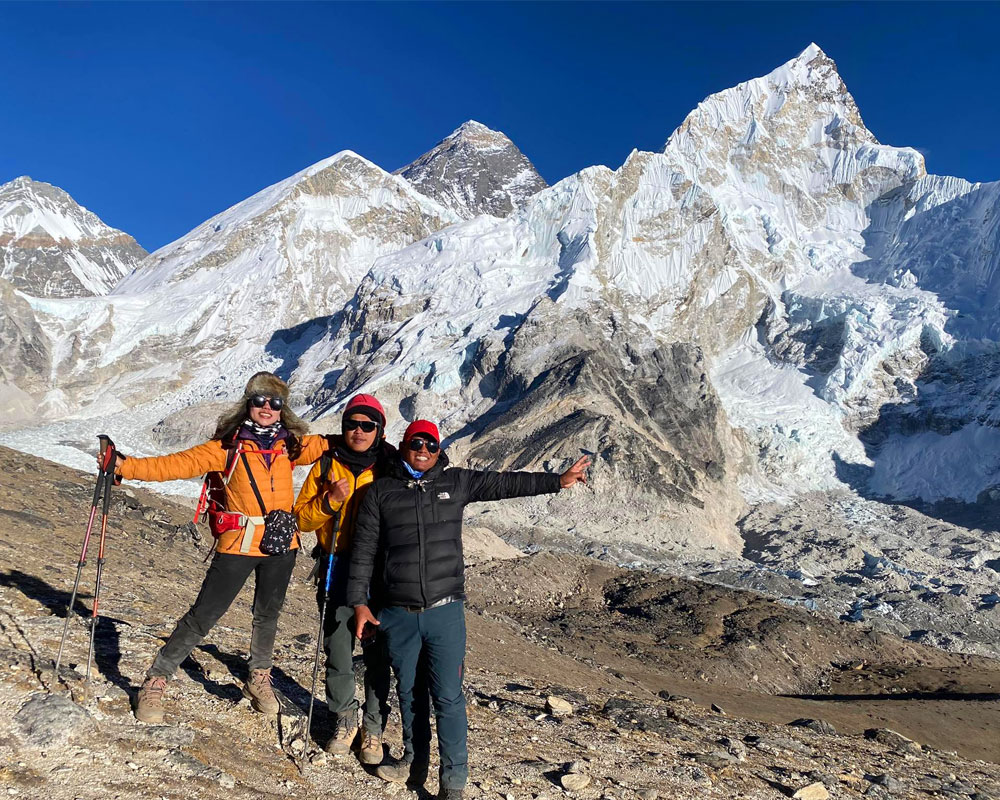
Which is the best trail to follow for Mount Everest Trek
There are numerous trails to follow for Mount Everest Trek. However, the best and shortest way is to take a flight to LUKLA and start the trip. This will be a less time-consuming and easy way to accomplish, making the entire trip in just 9 Days.
However, it is recommended to take 2 extra days for acclimatization while heading toward base camp. This helps trekkers to explore the mountain, vegetation, and culture of the Everest Region.
Other alternative routes will be through Jiri-Shivalaya. Depending on the pace and driving road, This will take around 5-7 days extra. Or, if you have a couple of extra days then you can start your trek by driving one way to Shivalaya and flying the other way out to Kathmandu.
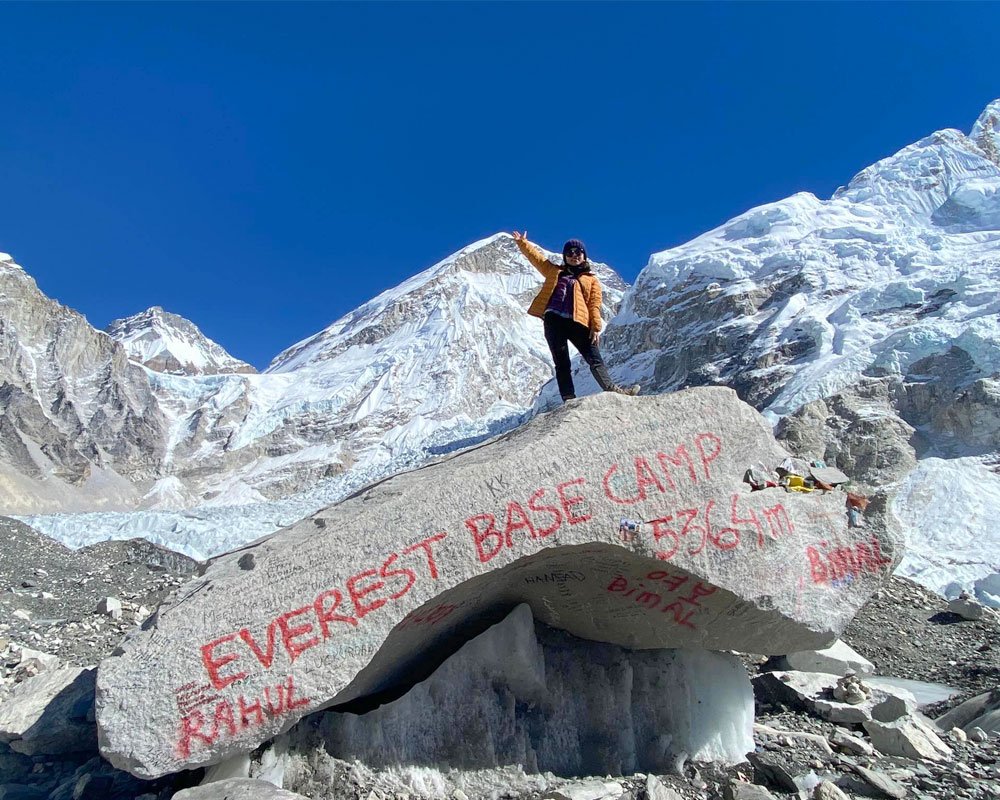
Can we extend Mount Everest Trek to other trails?
Everest is a popular region in Nepal and is the highest-existing region in the world. Mainly inhabited by the Sherpa community, Everest offers everything a trekker wants to see.
The entire Everest region comes under the conservation area, known as Sagarmatha National Conservation Area, the UNESCO Natural Heritage Site. This makes the entire region a place (must) to visit.
Well-preserved with culture and vegetation, the Everest region is home to Himalayan flora and fauna and holds the record for the highest mountain on earth, Mount Everest (8848.86M).
Apart from Mount Everest, one can see Mount Lotse (8516M), the fourth highest mountain, Mount Makalu (8481M), the fifth highest mountain, and Mount Cho Oyu (8188M), the sixth highest mountain which is four different eight thousand (ers) in a single region.
Moreover, the Everest trek can be diverted into different areas which can be fascinating Ama Dablam base Camp Trek and Everest three-pass trek. However, if you want to follow through the Himalayan Lake, you can divert the trail towards Gokyo Lake and Gokyo Ri.
Apart from different trekking trails in the Everest region, there are also different popular trekking packages with different numbers of days depending upon the physical level of trekkers for the same Everest region trek.
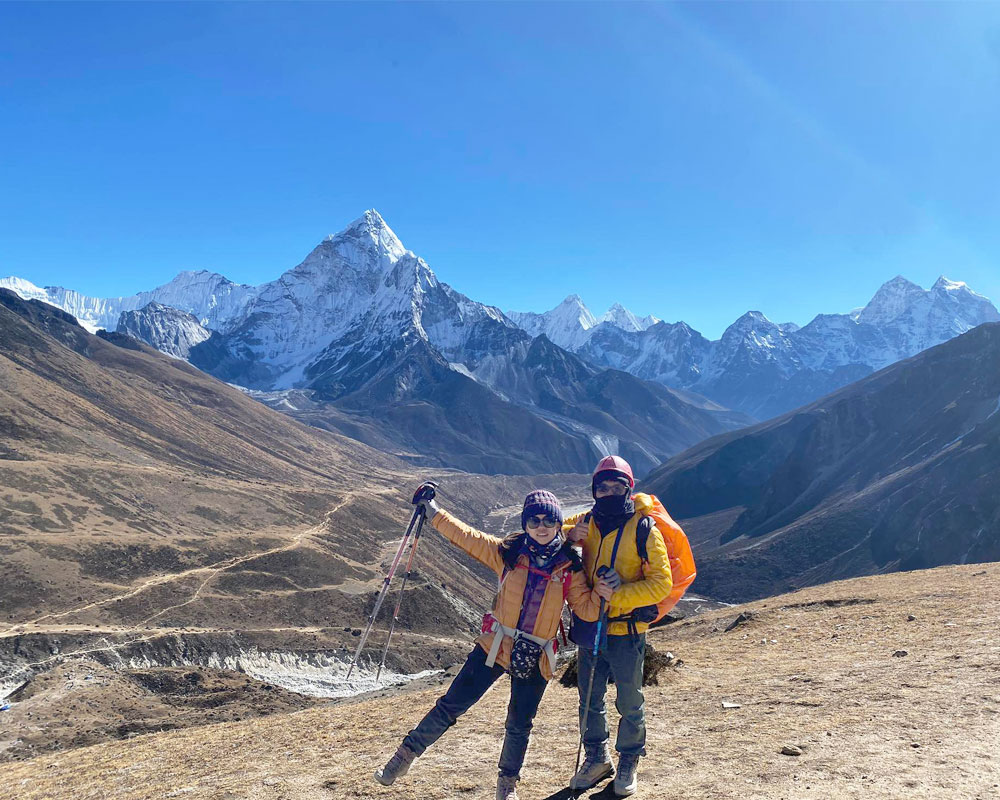
Popular Places to visit during Mount Everest Trek
Lukla is the first get-way to the Everest trek, a small village in between the hills, Lukla is the only airport to the entire Everest region. Your first experience will be to explore the landing and takeoff of an airplane.
Another best place to be is Namche Bazaar, which is one of the largest settlements of the Sherpa community in the entire region. Occupied with numerous hotels and lodges, Namche is a popular destination to explore and an acclimatizing point as well.
Mount Everest View Hotel (Syangboche) is another fabulous place to explore the Himalayas' wide ranges, including Mount Everest. Trekkers on the acclamation day hike to Everest View Hotel (3880M) from Namche (3440M) to acclimatize and explore the mountain view.
Tengboche monastery is another place to be, situated at an altitude of 3860M is one of the highest existing monasteries in the Everest region. Some monks do ceremonies every day and if you are during Mani Rimdu Festival, this is one of the biggest festivals celebrated in the entire Everest region and Tengboche monastery is the best place to be.
Nagarjun Hill, situated at 5091M, is another splendid place to view the entire mountain range. This is a day hike destination, where trekkers spend an extra acclimatization day in Dingboche (4410M) and on the same day hike towards Nagarjuna hills to cope with the altitude.
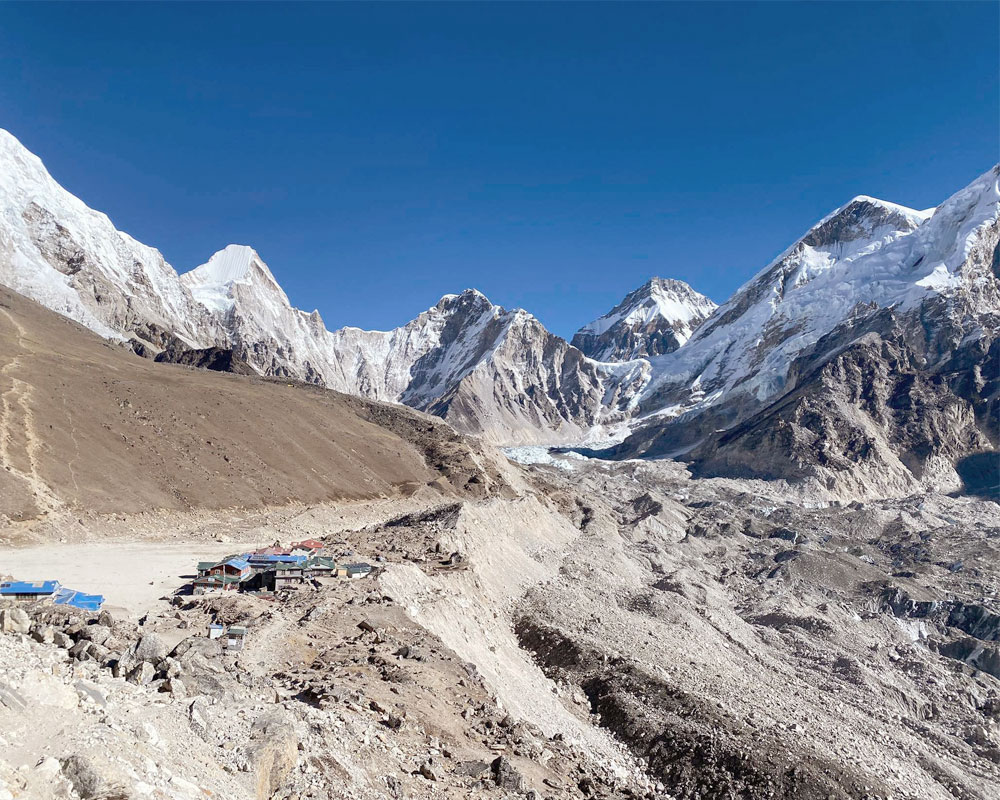
Everest Base Camp (5364M) is a never-to-miss destination during the Everest Trek. This is a day tour from Gorakshep (5140M) to be at the base camp of the highest mountain. Exploring the Khumbu glacier standing at the base camp is an awesome experience.
Last but not least, yet another not to miss will be Kalapatthar (5545M). Kalapatthar is the highest point in terms of altitude during the Mount Everest Trek. Trekkers start their hike to Kalapatthar early in the morning to experience the sunrise view over the breathtaking Himalayas. However, some prefer to be there to experience the sunset view of the Himalayas.
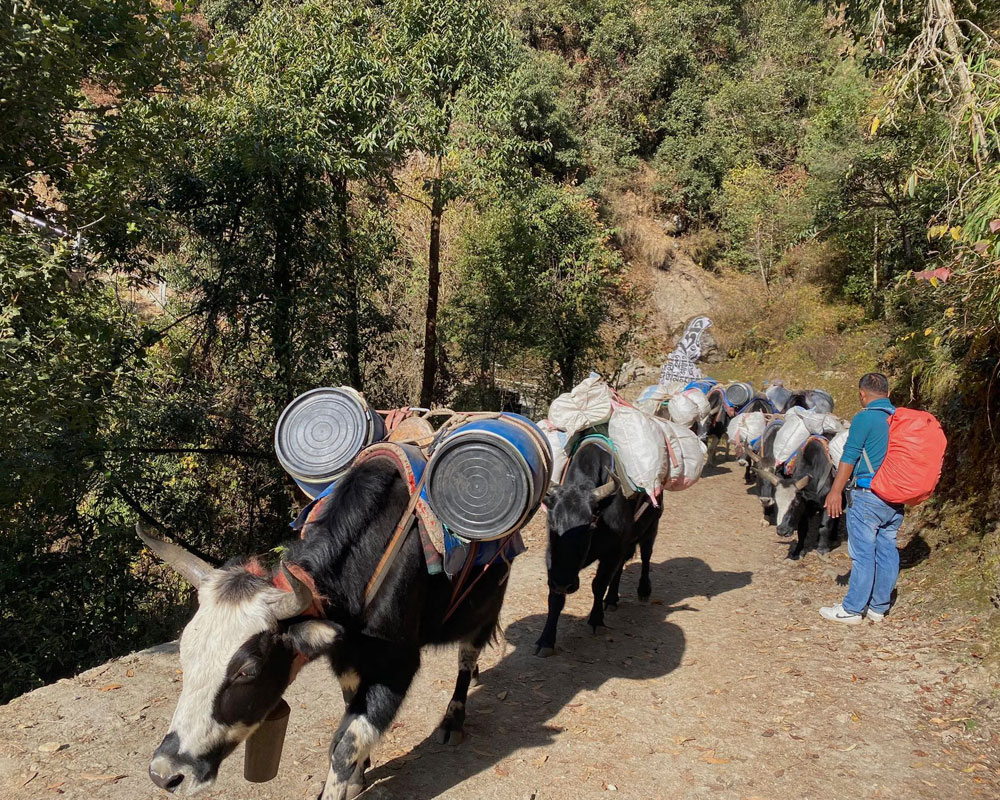
These are some places to mention during the Mount Everest Trek, the entire region is blessed with majestic views, and the hospitality of the Sherpa community is a real-time experience. Their culture, customs, and daily activities will be mesmerizing.
Interested in Mount Everest Base Camp Trek: For Booking or Inquiry Contact [email protected] or WhatsApp: +977-9841161593






